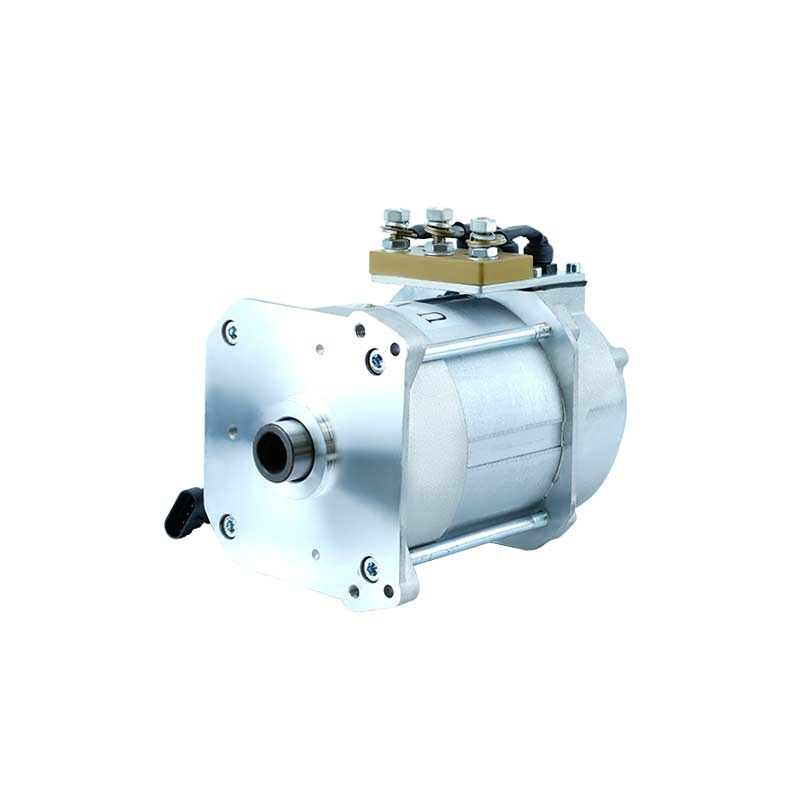Why do variable frequency motors all have cage rotor structures?
The wound rotor motor uses a resistor in series with the rotor to ensure that the motor has a sufficiently large starting torque and a very small starting current (the starting current multiple is approximately equal to the starting torque multiple), and can also achieve a small range of speed regulation.
Variable frequency motors can achieve soft start and speed regulation functions by changing the frequency. In theory, the speed can be smoothly regulated in the speed range of 0 to infinity, but in reality, low speed is related to the low-frequency characteristics of the motor, and high speed is limited by the maximum operating speed of the bearing. The safe operating area is 0 to rated speed, where the torque can be less than or equal to the rated torque, and the rated speed to maximum speed can be less than or equal to the rated power. Therefore, variable frequency motors have the speed regulation characteristics of constant torque from 0 to rated speed, and constant power above the rated speed.
From the perspective of motor structure, the cage motor has a relatively simple structure, is easy to manufacture, and is extremely strong in terms of mechanical strength. It can achieve soft start and speed regulation functions through a frequency converter. Its maximum speed is much higher than that of a wound rotor three-phase asynchronous motor and a commutator structure DC motor. It is a very economical and reliable variable speed drive motor structure.
From a theoretical analysis, wound rotor motors can be operated with variable frequency, but wound rotors lose the excellent characteristics of external resistance starting and speed regulation. The performance of soft starting in variable frequency mode is far inferior to that of squirrel cage motors (the wound rotor has small resistance and small starting torque). In addition, the rotor winding has electrical faults such as turn-to-ground and phase-to-phase short circuits, as well as hidden dangers of high-speed package shedding. The reliability issue is far less than that of a sturdy squirrel cage rotor. Therefore, except for doubly-fed speed-regulating asynchronous generators or internally-fed speed-regulating asynchronous motors, wound rotor motors are generally not powered by variable frequency.
So, can variable frequency motors completely replace wound rotor motors? The answer is of course no. We will open a separate section to discuss this aspect.





























 XINDA
XINDA